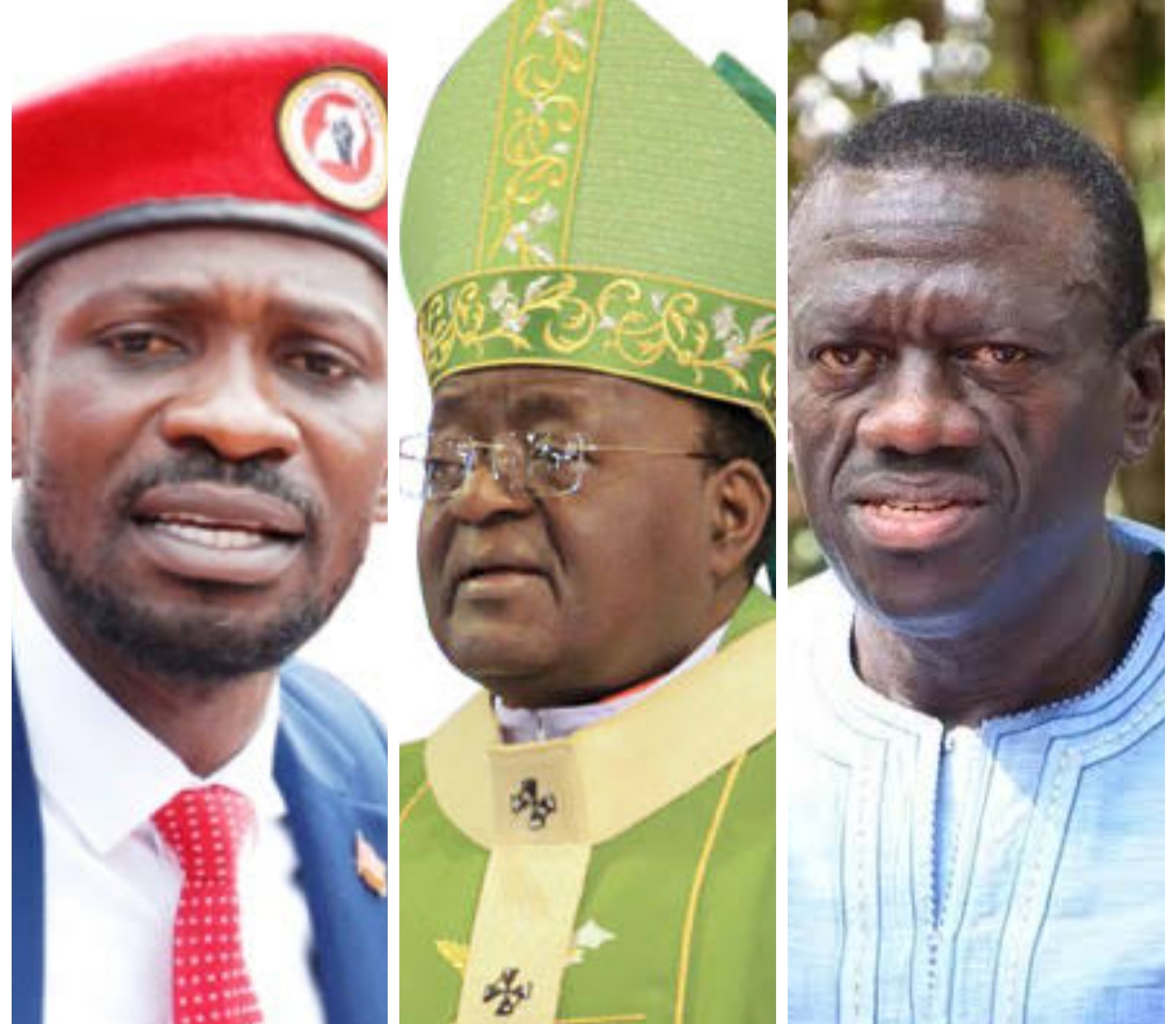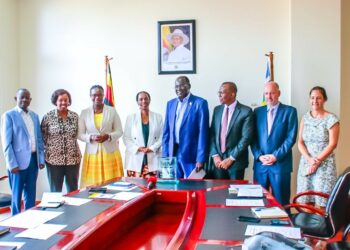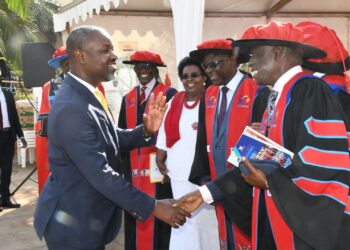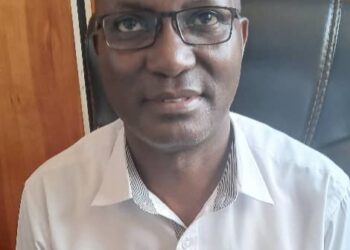On Saturday, the country was shocked by the sudden death of Archbishop of Kampala Archdiocese Dr. Cyprian Kizito Lwanga who succumbed to Ischemic heart disease.
The Secretary-General of the Episcopal Conference, Monsignor (Msgr) John Baptist Kauta said the cleric was found dead at his residence in Lubaga.
The day before his death, Dr. Lwanga had joined with the Archbishop of Uganda, Dr. Samuel Kaziimba Mugalu in the way of the cross that took place at Namirembe Cathedral. It was said that Lwanga had been sick for some days but by last Friday, he was in good health.
According to the announcement by Msgr. Charles Kasibante, the interim administrator of Kampala archdiocese, the fallen bishop is to be buried inside Lubaga Cathedral today Thursday since it is a norm in the Roman Catholic Church to bury bishops in the respective churches where they have been serving.
Msgr Kasibante noted that the decision to bury Dr. Lwanga inside the cathedral did not come as a surprise.
When did it start and why?
Msgr Kasibante said that the tradition of burying Catholic clergies at places they have been serving started way back in 787 After the Death of Christ (AD) following the setting of the second Council of Nicaea.
Over the years, there has been a close relationship between remains of saints and martyrs with the physical cathedral structures and in that Second Council of Nicaea, a Catholic sitting decreed that all new churches should be built with relics of saints placed inside altars.
St Peter’s Basilica in the Vatican, the considered capital of the Catholic Church, is referred to as a necropolis (designed cemetery with elaborate tomb monuments) because human bones and remains have been found in several hollows in the foundation of the basilica.
The most notable of these are the bones said to belong to Simon Peter, one of the 12 disciples of Jesus Christ, and who is considered by the Catholic faithful to be the first pope.
On April 6th, 1969, the Nicaean decree was revised after 1,000 years, after the sitting of the Second Vatican Council. In this Council, some changes were made and it was made a custom of placing relics of saints in new altars of churches, though not compulsory as it was in the first Council. The second council alluded that the Catholic church should show honour to the saints of God. Wherefore in memory of them, they ought to honour any relics of theirs fittingly.
At Lubaga Cathedral, Dr. Lwanga is going to be the third prelate to be buried inside the cathedral altar. The first was Bishop Joseph Georges Edouard Michaud, who served as vicar apostolic of Uganda from 1933 until his death in 1945. Bishop Michaud was a Canadian clergyman who belonged to the Missionaries of Africa (commonly known as the White Fathers) that came to Uganda in 1879.
The late Archbishop Joseph Kiwanuka Nakabaale is the second Bishop to be buried inside the Rubaga Cathedral, is the first native African to be ordained a Catholic bishop in modern times and the first native bishop to be buried inside the Rubaga Cathedral.
Archbishop Kiwanuka died in 1966, five years after his elevation and transfer from Masaka to Lubaga as Archbishop of Rubaga – later renamed Kampala Archdiocese. According to Msgr Kasibante Dr. Lwanga is to be laid in the middle of the two of his ‘fore grandfathers;’ Michaud and Kiwanuka who were buried on the right wing of the church just behind the area reserved for the choir.
However, Msgr Kasibante narrates that in case the dead bishop had retired, like in the case of the late Bishop John Baptist Kaggwa who was the Bishop of Diocese of Masaka, the reigning bishop can decide to bury that bishop anywhere befitting of a bishop in case that bishop left no will.
“If Bishop Kaggwa, at the time of his death, was still the reigning Bishop of Masaka, the tradition of the Church would require us to bury him in his cathedral which is Kitovu cathedral, but then, we resolved that as a diocese, all our bishops should be buried at the cemetery chapel at Bukalasa,” he added.
Kaggwa was buried in the Chapel of Committo, a mausoleum in the cemetery outside Bukalasa Minor Seminary in Masaka Diocese. The Chapel of Committo was built in 1914 so that dead retired bishop could be buried there as a sign of respect to their services.
In Masaka Villa Maria Cathedral, there are two dead bishops buried inside.The first was Missionary Bishop Henri Streicher and Bishop Adrian Kivumbi Ddungu, the second native African to head Masaka Diocese.
“Because of Villa Maria’s historical importance, Bishop Ddungu preferred to be buried there, a wish that Bishop Kaggwa, as the reigning bishop at the time [of Ddungu’s death in December 2009] granted,” said Fr. Edward Ssekabanja, the Masaka diocesan chancellor in an interview with one of the local newspapers.
Meanwhile, Only 500 people will be allowed to attend the funeral ceremony.
Do you have a story in your community or an opinion to share with us: Email us at editorial@watchdoguganda.com













